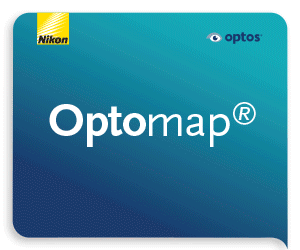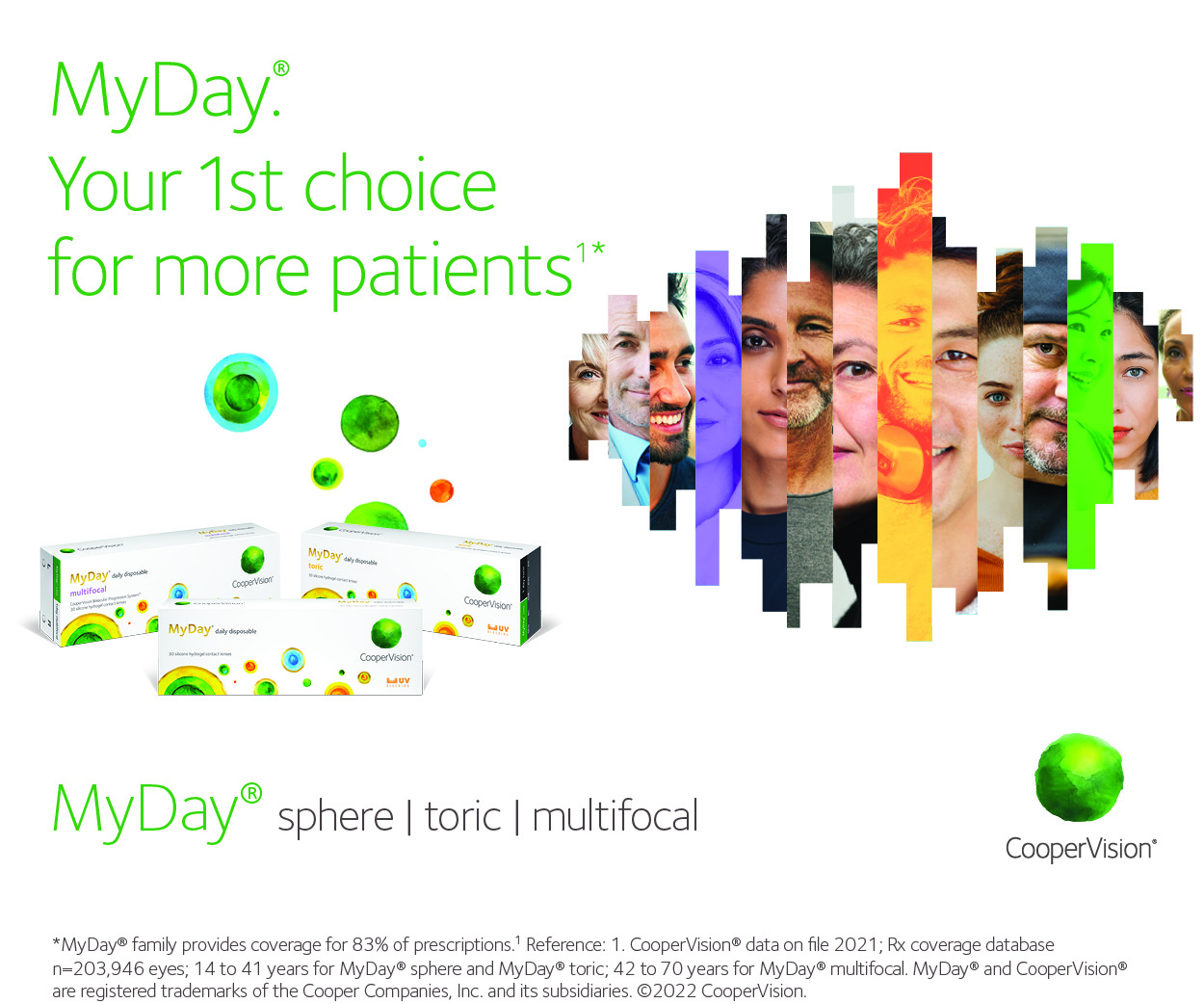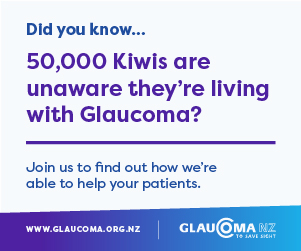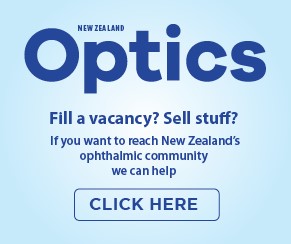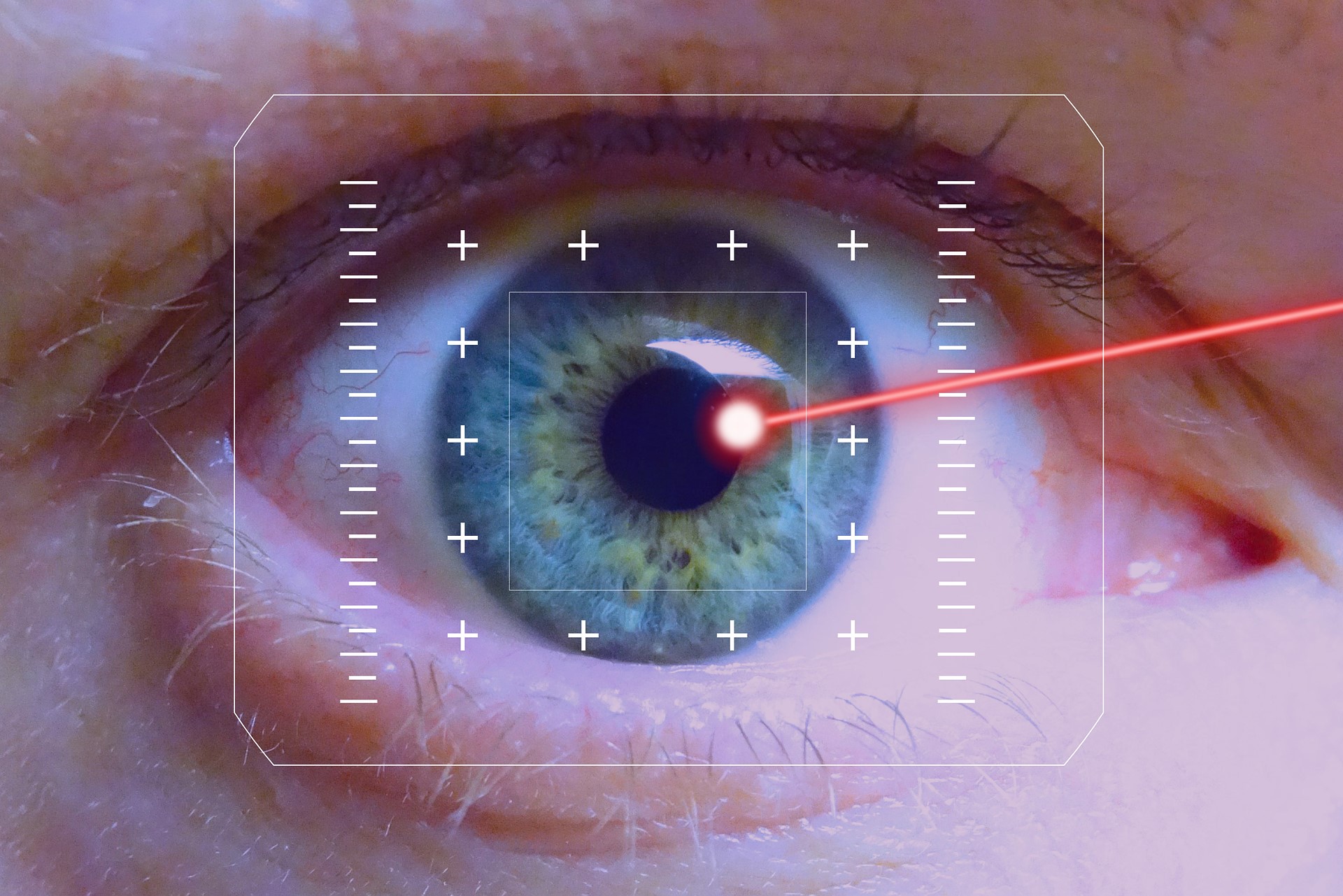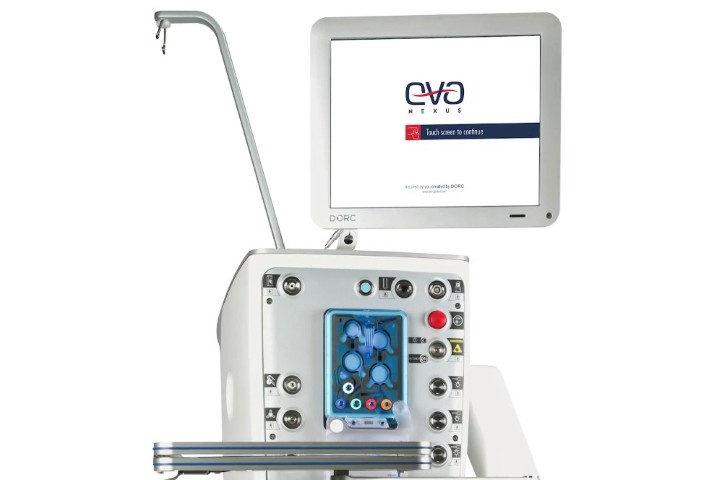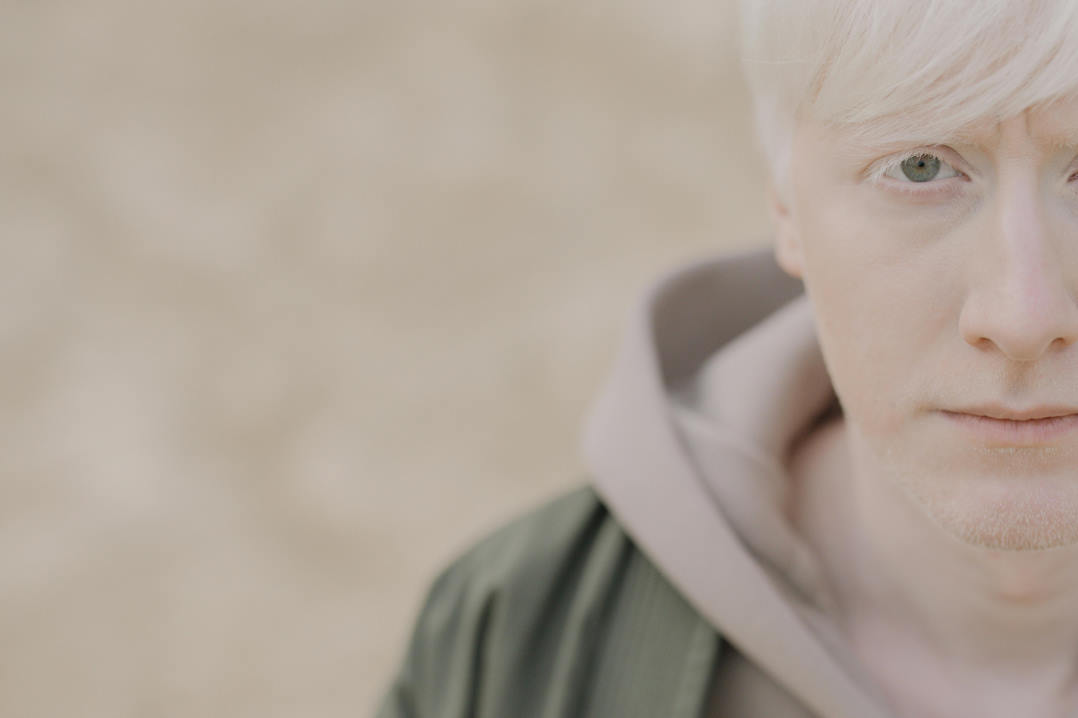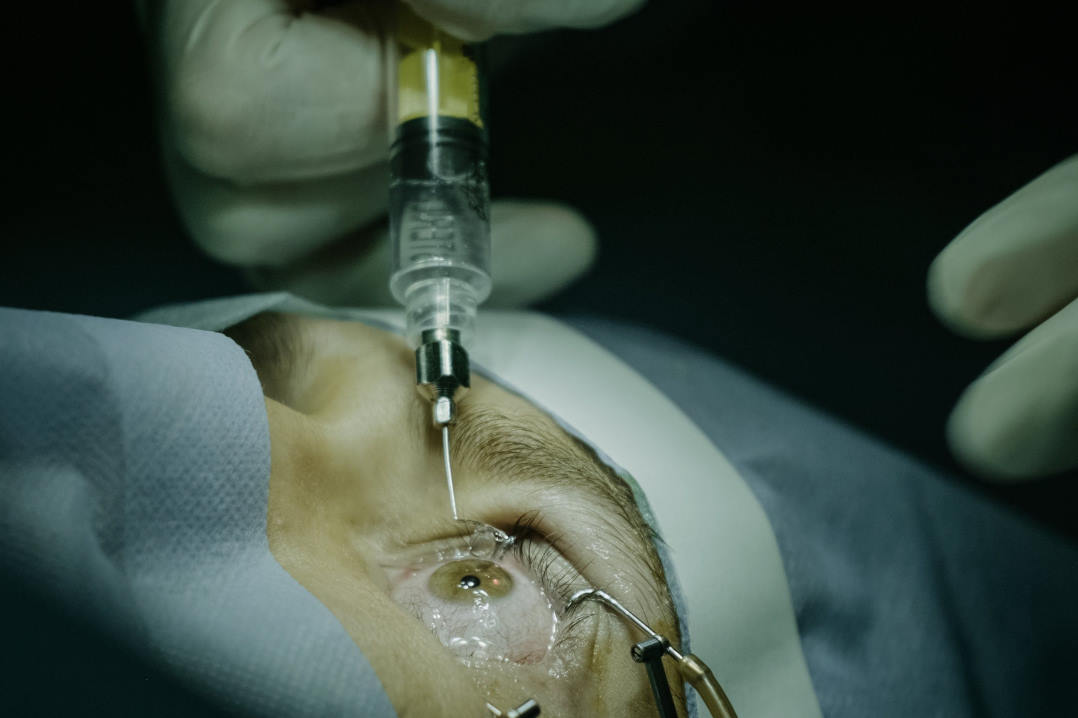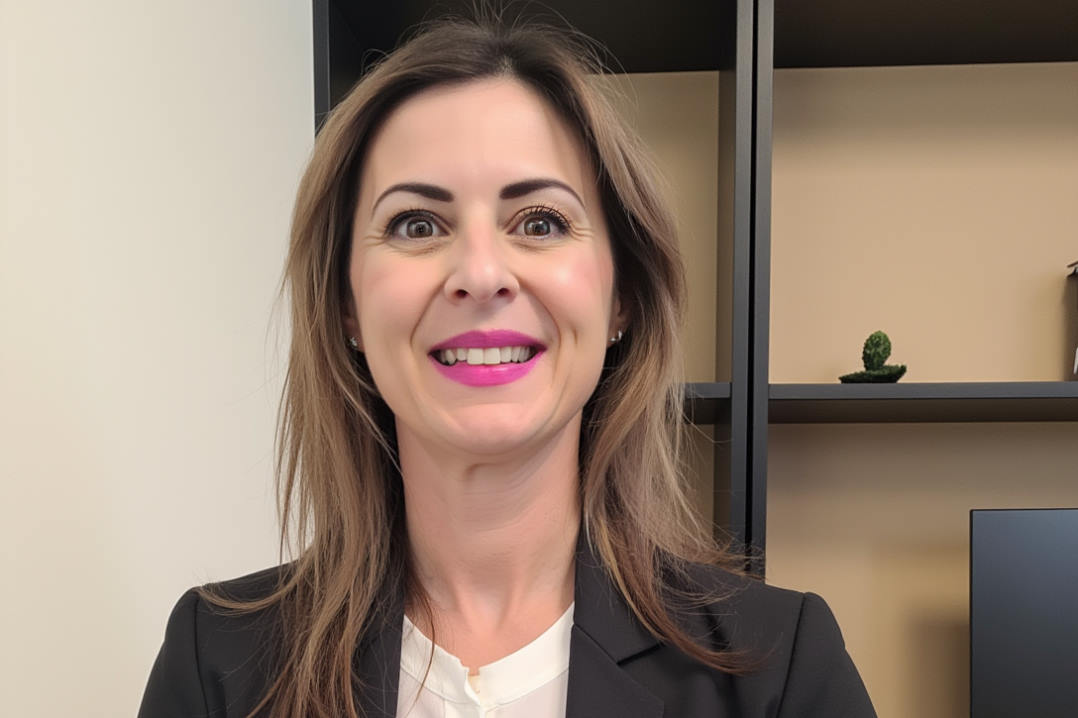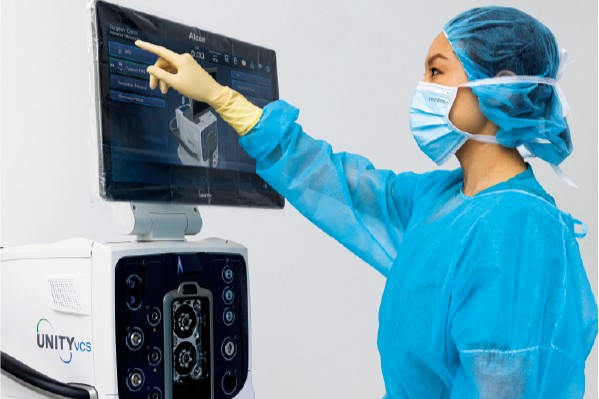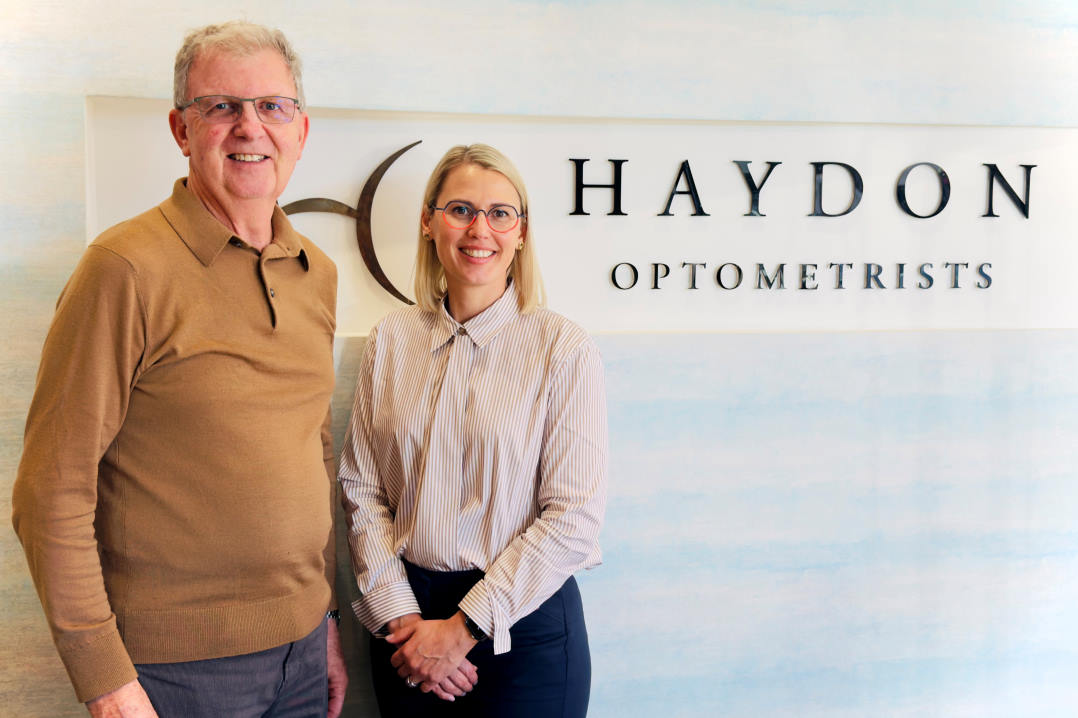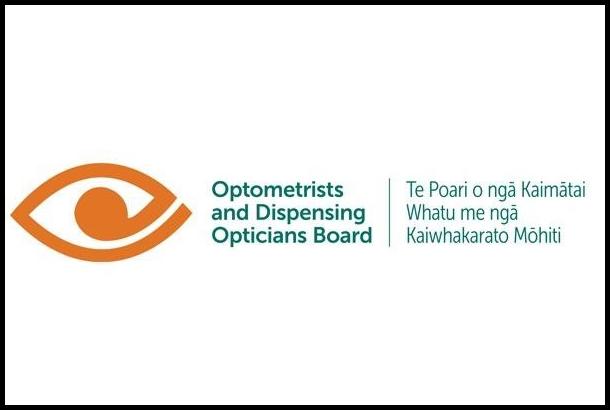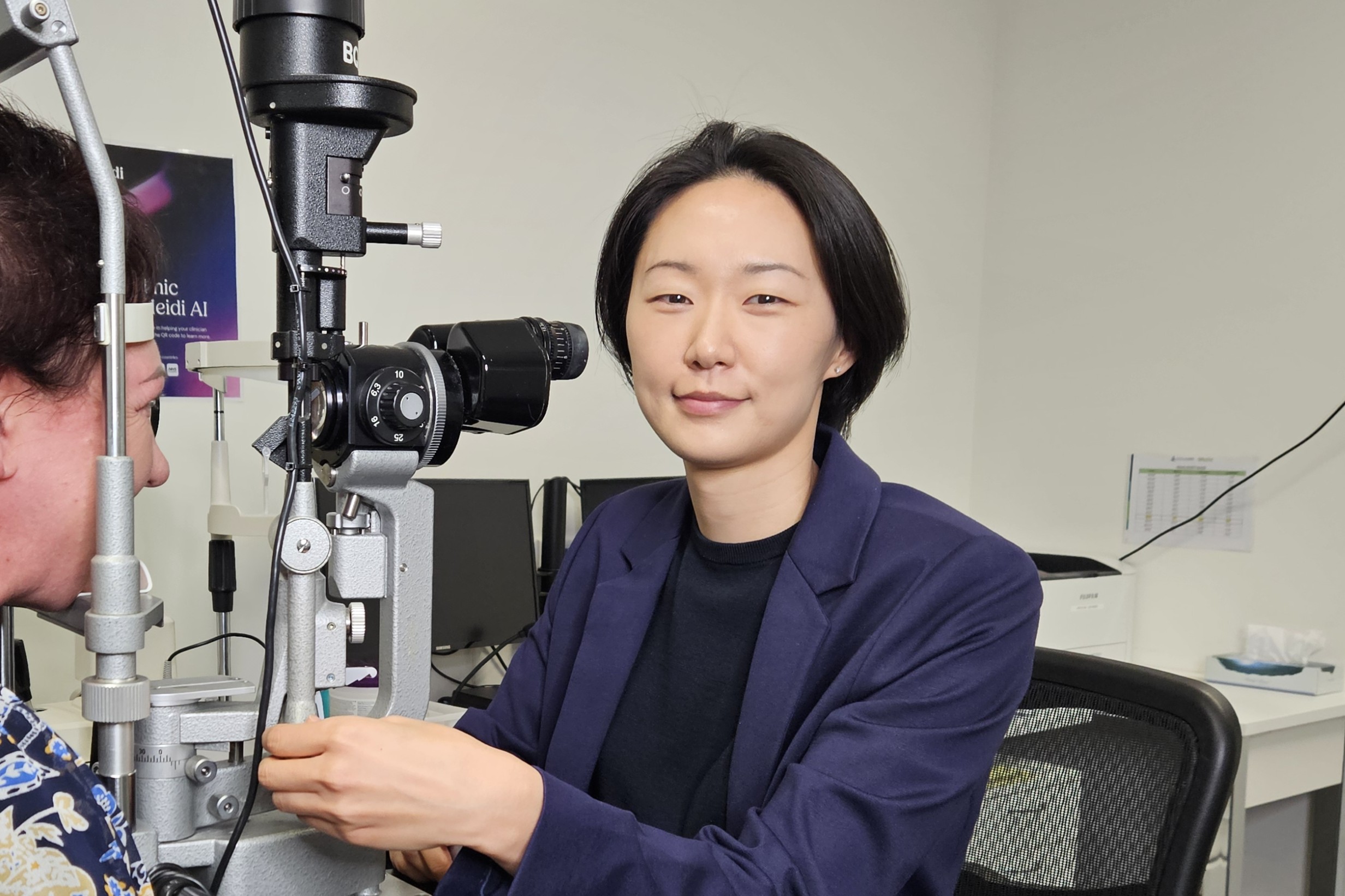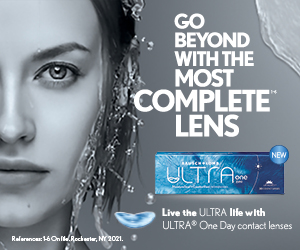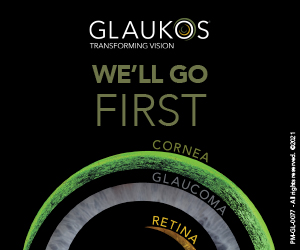Subthreshold laser beats anti-VEGF for DMO
A UK clinical trial found subthreshold micropulse laser therapy for diabetic macular oedema (DMO) offers comparable results to standard-threshold laser and costs less than one-tenth of anti-VEGF injections.
In the large randomised clinical trial, nicknamed Diamonds, 266 patients were recruited, with half receiving standard-threshold laser and the other half receiving subthreshold micropulse laser. Over the two-year period, the cost for each patient in the subthreshold micropulse laser arm was just £898 ($1,705), vs £1,126 ($2,138) for those in the standard laser arm.
Some ophthalmologists recommend patients with milder DMO have anti-VEGF injections, despite laser being less invasive and requiring fewer visits to the clinic, said lead author Noemi Lois, clinical professor of ophthalmology at Queen’s University Belfast. “With an average of 10 injections required over two years, the total cost of eye injections per patient amounts to approximately £8,500 (NZ$16,144) for the drug alone. This is almost 10 times the cost of subthreshold micropulse laser, without taking into account additional costs, such as staff time.”
Prof Lois noted, however, that while they didn’t directly compare laser treatments to intravitreal anti-VEGF, they have shown that laser is effective, while remaining much less invasive and much less costly to the public health system. The absence of a scar or burn following subthreshold micropulse laser has led some healthcare professionals to doubt its effectiveness compared with standard-threshold laser, she said. “However, our research demonstrated that subthreshold micropulse laser is as good for helping vision, reducing macula thickness, allowing people to meet driving standards and maintaining their quality of life.”




